Raku pottery is a unique and delicate form of ceramic art that requires special care when cleaning to preserve its beauty and craftsmanship. Originating from traditional Japanese techniques, raku pottery is known for its distinct finishes and often porous surfaces, making it more susceptible to damage than other types of ceramics.
Proper cleaning methods ensure that the intricate patterns and textures remain intact while preventing cracking or discoloration over time. In this blog post, we’ll walk you through the steps on how to clean raku pottery so that you can get back to using it in no time! So grab your tools, and let’s get started!
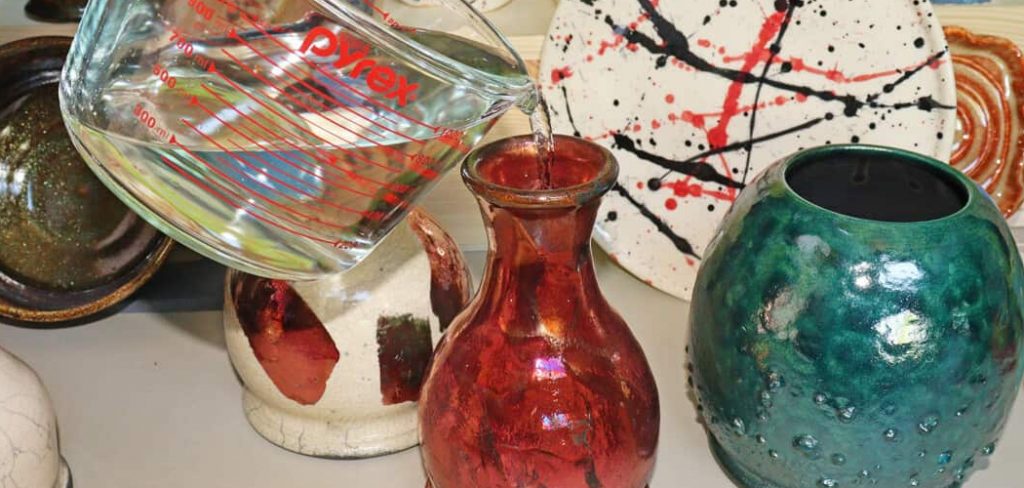
Why Raku Pottery Requires Special Cleaning Care
Raku pottery stands out for its unique beauty, but its delicate nature requires extra attention when it comes to cleaning. Unlike other ceramics, raku pottery is fired at lower temperatures, resulting in a more porous and fragile surface. This makes it more prone to absorbing moisture, stains, and odors if not handled properly.
Additionally, the decorative finishes and glazes often used in raku pieces can be sensitive to harsh chemicals or abrasive cleaning tools, which may cause damage or dull their vibrant appearance. By understanding these vulnerabilities, you can ensure your raku pottery remains in pristine condition while preserving its intricate artistry and charm.
Can You Wash Raku Pottery?
Yes, you can wash raku pottery, but it requires special care to preserve its delicate surface and unique finishes. Since raku pottery is more porous than other ceramics, it is recommended to avoid soaking it in water for extended periods, as this may lead to moisture absorption and potential damage. Instead, gently clean your raku piece using a soft cloth or sponge with warm water and a mild soap.
Avoid using abrasive scrubbers or harsh chemicals, as these can scratch the surface or strip away the beautiful glazes. After washing, make sure to dry the pottery thoroughly with a soft towel to prevent moisture from lingering in its porous surface. If properly cleaned and handled, your raku pottery can maintain its beauty and charm for years to come.
10 Methods How to Clean Raku Pottery
1. Begin with a Gentle Dusting Using a Soft-Bristled Brush
Cleaning Raku pottery always starts with the gentlest possible method, and a soft-bristled brush—such as those used for makeup or artist paint—can be your first line of defense against dust. Since Raku pottery is often porous and delicate, especially if it’s unglazed or crackled, dry brushing helps lift loose dust without scratching or damaging the surface.
Gently stroke the piece, paying close attention to grooves or textured areas where dust might settle more heavily. Regular dusting like this can reduce the need for deeper cleanings and maintain the pottery’s natural patina without risking damage from moisture.
2. Wipe with a Slightly Damp, Lint-Free Cloth
If the surface is visibly dirty or smudged, a lightly dampened microfiber or lint-free cotton cloth can be used. Be sure to wring out the cloth thoroughly—Raku pottery should never be soaked or subjected to standing water, as the porous body can absorb moisture and weaken over time. Gently wipe the surface in circular motions, taking care not to drag dirt across glazed or crackled areas, which could lead to scratches or deeper embedding of grime. After wiping, let the piece air dry in a shaded, well-ventilated space.
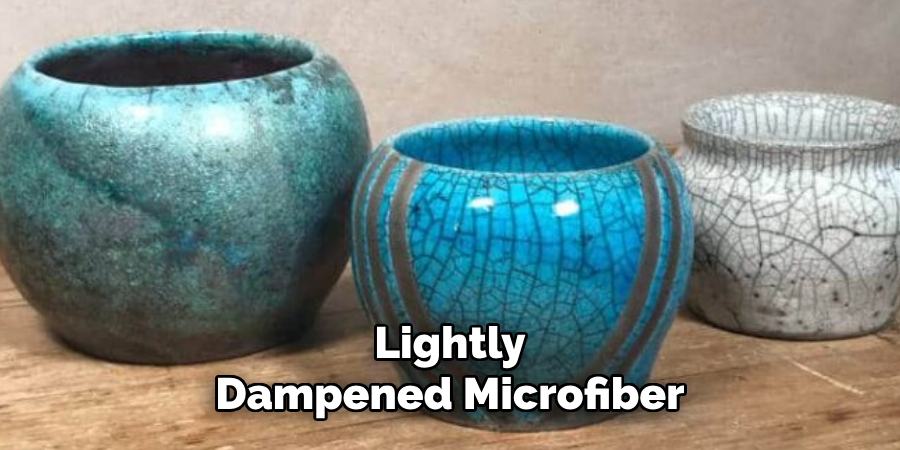
3. Use Compressed Air for Delicate or Intricate Designs
For pieces with deep crevices, carved details, or delicate raku-fired crackles, compressed air can be a safe and effective way to clean without contact. A can of compressed air, like those used for electronics, can blow out fine dust and debris from tight spots that cloths or brushes cannot reach. Always hold the nozzle at a slight distance and angle to avoid causing stress to the surface or inadvertently introducing moisture. This technique is particularly useful for Raku sculpture or pieces with textural features like metallic glazes or burnished finishes.
4. Avoid Harsh Cleaners or Soaps at All Costs
It might seem tempting to use a mild dish soap or household cleaner when dirt is stubborn, but this is almost never safe for Raku pottery. These pieces are often low-fired and thus more fragile than traditional ceramics. Harsh chemicals can damage the surface, discolor glazes, or penetrate the porous body, leaving residues that may degrade the piece over time. Even natural soaps can leave a film. If additional cleaning is needed beyond dusting or damp wiping, it’s better to use distilled water or consult a ceramic conservator.
5. Clean Crackle-Glazed Raku Carefully to Preserve Detail
Many Raku pieces are finished with a distinctive crackle glaze that creates fine, spiderweb-like lines across the surface. These cracks can trap dirt and grime over time, but aggressive cleaning can widen or discolor them. Use a cotton swab dampened with distilled water to gently clean within the crackled glaze. Roll the swab rather than drag it to avoid forcing debris into the cracks. If necessary, follow with a dry swab to absorb moisture. Patience is key—this meticulous method preserves the intricate aesthetic of the crackle without compromising its integrity.
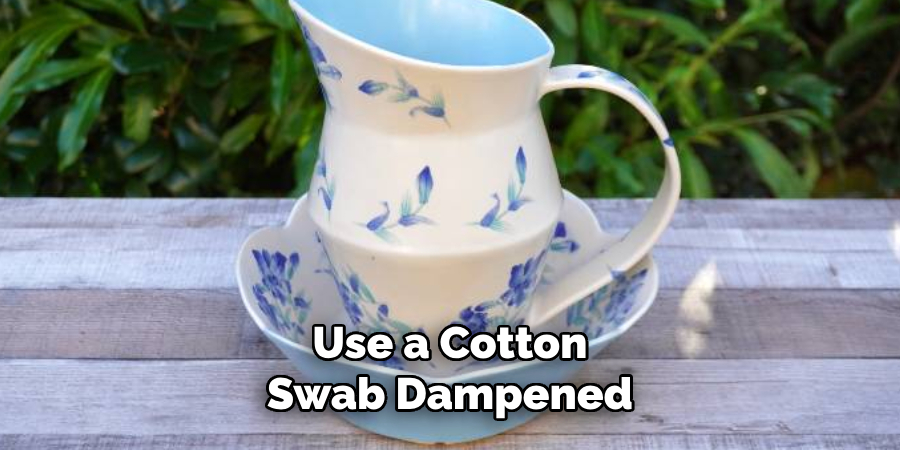
6. Shield from Water Exposure to Prevent Damage
Since Raku pottery is porous and may not be fully vitrified, water exposure can be its worst enemy. Soaking, rinsing, or exposing the piece to high humidity can lead to water absorption, weakening the structure and causing discoloration or mildew over time. Always keep Raku pottery in dry conditions, and never submerge it.
If water does come into contact with the surface during cleaning, blot it immediately and allow the piece to dry completely in a well-ventilated area—never under direct sunlight, which can cause cracking due to rapid temperature shifts.
7. Remove Fingerprints from Metallic Raku Glazes with a Soft Cloth
Raku pieces often feature metallic glazes that develop beautiful, unpredictable finishes in the reduction process. These surfaces, while stunning, are often soft and can be marred by fingerprints and skin oils. To remove smudges without affecting the glaze, use a soft, dry microfiber cloth and gently buff the area in small circles. Avoid paper towels or rough fabrics, as they may scratch the surface. If the glaze is particularly sensitive, wearing cotton gloves when handling can prevent further fingerprinting altogether.
8. Use a Natural Bristle Paintbrush for Unfinished or Unglazed Raku
For Raku pottery with unfinished or bisque-fired surfaces, care must be taken to avoid smearing or embedding dirt into the ceramic body. A natural bristle brush—such as a goat hair calligraphy brush or artist’s tool—can gently lift particles from the surface without abrading the soft clay. This method is ideal for cleaning sculpture or functional pieces not covered in glaze, where softness and flexibility are key to avoiding surface scratches or erosion. Follow with a brief air-blow from a hand bulb or compressed air to finish.
9. Consider Display Enclosures to Minimize Future Cleaning
While not a cleaning method per se, preventing dust buildup is often more effective than constant maintenance. If your Raku pottery is a prized display piece, consider placing it in a protective case or glass dome to minimize exposure to dust, airborne oils, or moisture. Display cases not only reduce the need for regular cleaning but also provide UV protection, which is crucial if the piece has pigments or finishes susceptible to fading. Choose cases with good air circulation to avoid trapping humidity.
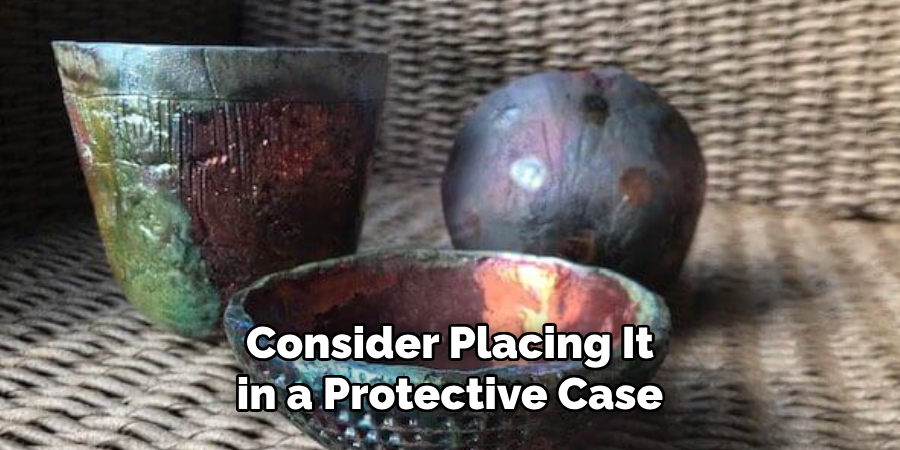
10. Consult a Professional for Antique or Fragile Pieces
If your Raku pottery is antique, especially fragile, or of significant artistic value, cleaning it yourself may not be advisable. In such cases, reach out to a ceramic conservator or professional art restorer who specializes in low-fire pottery. These experts can assess the condition, identify safe cleaning methods, and provide long-term preservation strategies. Attempting to clean these pieces with DIY methods could result in irreversible damage. Professional care ensures the pottery’s longevity, aesthetic appeal, and historical value are properly maintained.
Maintenance and Upkeep
Proper maintenance is essential to preserve the condition and value of low-fire pottery. Start by placing these items in a stable environment that avoids extreme temperature fluctuations and high humidity, as such conditions can cause cracks or warping over time. Display pottery away from direct sunlight to prevent fading or discoloration of painted surfaces. Regularly dust the pieces using a soft, lint-free cloth or a gentle brush to minimize the accumulation of dirt without risking scratches.
If the pottery is functional, such as a vessel or dish, avoid using it for food or liquids unless it has been specifically treated and sealed for such purposes. Even then, hand washing with mild soap and lukewarm water is preferred, as dishwashers can cause significant wear. Finally, periodically inspect the pottery for any signs of deterioration, such as cracks, chips, or discoloration. Addressing these issues early can prevent further damage and help retain the pottery’s structural integrity and beauty.
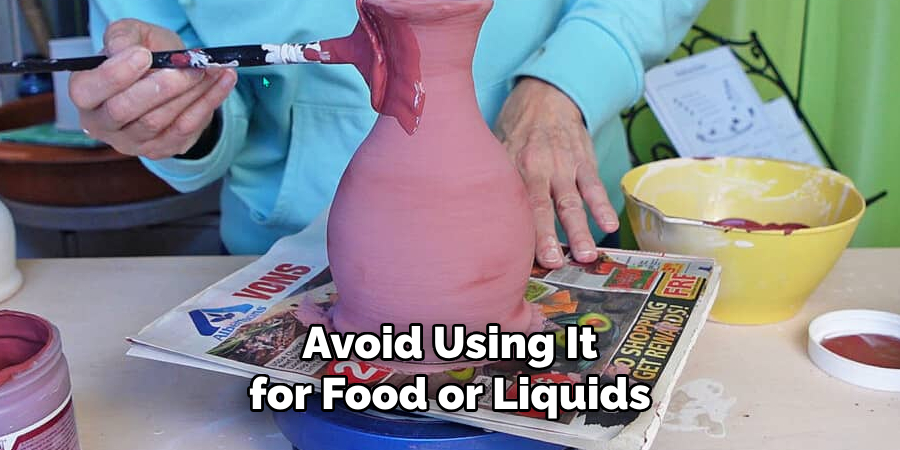
Conclusion
Raku pottery is a beautiful and often spiritually inspired form of ceramic art, cherished for its spontaneous finishes and unique textures. But its delicate, porous nature requires a gentle, thoughtful approach when it comes to cleaning and care. From soft brushes and lint-free cloths to compressed air and expert advice, these ten methods cover a range of practical, non-invasive strategies that respect the fragile essence of Raku. Thanks for reading our blog post on how to clean raku pottery! We hope you found it helpful and informative.
Professional Focus
Toby Rede, a professional potter, combines artistic expression with functionality in his ceramic creations. His work blends natural textures, modern forms, and sustainable materials, making him a standout voice in the pottery world focused on intentional craftsmanship.
About the Author
Toby Rede, a dedicated potter and blogger, shares his insights on functional and artistic ceramics, drawing inspiration from sustainable gardening and nature. Based in his studio, he blends craftsmanship with everyday life, encouraging others to incorporate handmade pottery into their homes for both beauty and utility.
Education History
University: Alfred University
Degree: Associate Degree in Ceramic Technology
Toby’s education laid the foundation for his technical expertise, equipping him with the skills necessary to create pottery that merges functionality and aesthetic appeal.
Expertise:
- Pottery Creation
- Ceramic Techniques (Texture, Glazing, Sustainable Materials)
- Functional Art and Design
- Craftsmanship Philosophy
- Blogging on Handmade Pottery and Everyday Life


